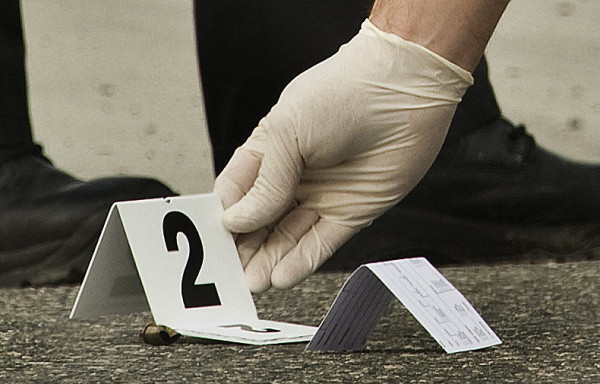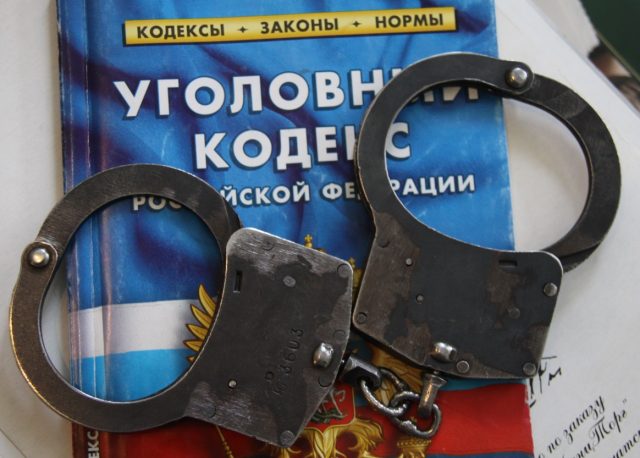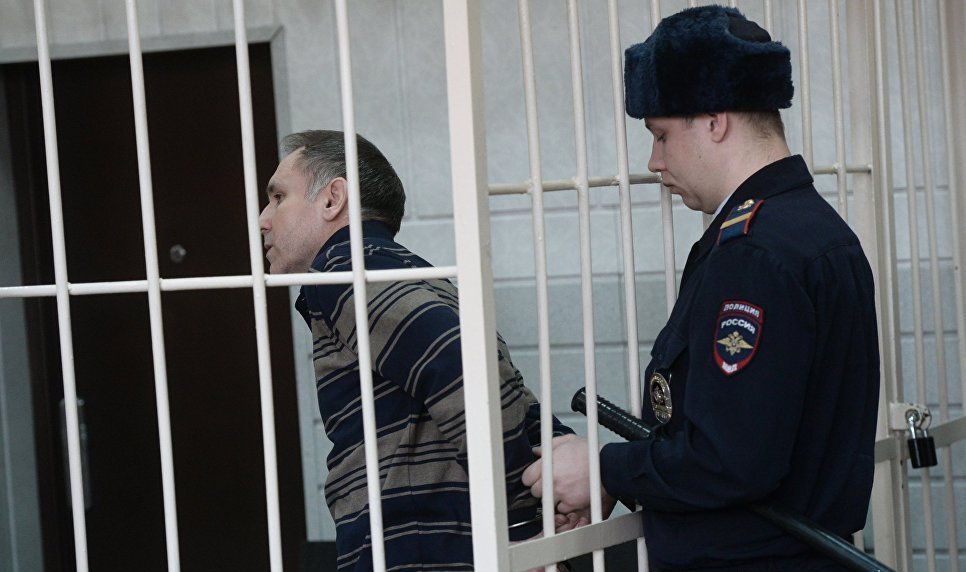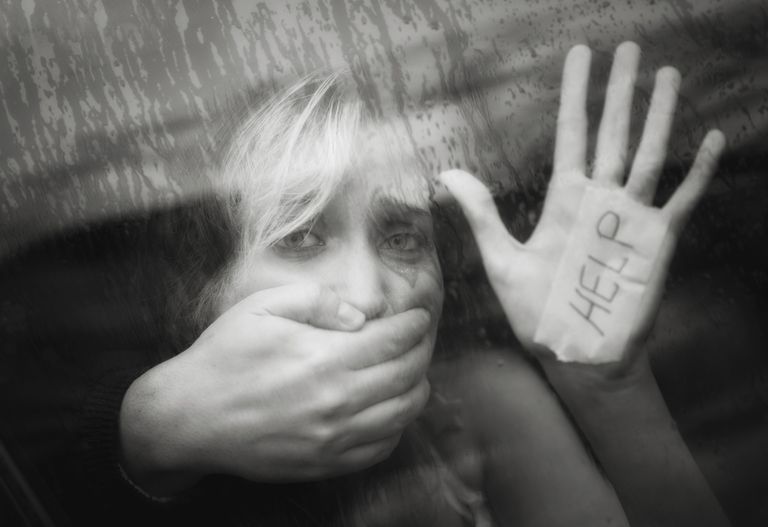In the Criminal Code of the Russian Federation, almost all acts committed by a person are classified according to their characteristics. As a rule, they indicate the gravity of the crime, as well as harm, to one degree or another, to the injured party. In this article we will consider an article of the Criminal Code of the Russian Federation, which is charged with defendants for murder with particular cruelty. We learn about all the nuances of judicial practice and the difficulties that arise in the process of conducting such criminal cases.
Cruelty Murder Article
Let's start with this definition. Article 105 of the Criminal Code of the Russian Federation is divided into paragraphs and subparagraphs. The first is the deliberate infliction of death on another person. It is punishable by a term of imprisonment of 6 to 15 years with or without restriction of liberty up to two years.
The second paragraph includes 13 subparagraphs. These are aggravating circumstances. Among them, for example, the killing of two or more persons, connected with the abduction of a person, on the motive of blood feud, from hooligan motives, a generally dangerous method, etc. Here, under the letter “d” - with particular cruelty. Killings matching the second paragraph are punishable by imprisonment for a term of 8 to 20 years. Also, at the discretion of the court or the jury, the appointment of a life sentence is possible. Prisoners are sent to a maximum security colony.
Murder with particular cruelty: article of the Criminal Code of the Russian Federation 105 h. 2 p. "D".
Definition

Murder as such and without aggravating circumstances is a cruel act that brings suffering not only to the murdered, but also to his relatives. However, depriving a person of his life with particular cruelty is highlighted in the Criminal Code of the Russian Federation and is punished more severely.
The main difficulty is that this concept itself is a relative factor. In other words, the forensic medical examination cannot be 100% convinced that this crime is aggravated by circumstances, based only, for example, on the number of bullet or knife wounds, as well as on any other signs.
Initially, the offender is charged with article 105. Only the court can pass a sentence under paragraph “e”, based on all the evidence gathered. A murder with particular cruelty can be recognized as such only after evaluating all the objective and subjective circumstances of the case.
When making the final decision, the court’s attention was drawn primarily to the method of murder. From this fact, one can understand whether a person experienced torture before death. For example, he was beaten, raped or tortured. If there was such a thing, this is the basis for the recognition of the murder as cruel. The offender realized that the victim would suffer and die in misery, which did not stop him from using force. On the contrary, he got some pleasure from this and tried to make it as painful as possible.
Also under this classification is a crime of cruelty to a victim committed in front of relatives, since people were psychologically injured. The term of punishment depends on the number of aggravating factors, which, as already mentioned, in this case varies from 8 to 20 years. It is also possible to add to Art. 105 h. 2 p. "E" of another article. For example, 244, which is charged with mockery of the body of the deceased.
In general, a murder committed with particular cruelty is a crime allocated to a separate group as a qualifying attribute that strengthens criminal liability in the light of the chosen method of committing a crime and a number of other circumstances that indicate particular cruelty.
Difficulties in defining this classification

The main problem that may arise during the investigation is the establishment of the fact of cruelty or its absence. This classification can be evaluated on two grounds, which, in fact, complicates the situation.Firstly, the very concept of cruelty. Secondly, the Criminal Code speaks of particular cruelty. That is, it is even something more, roughly speaking - extreme, higher.
The definition of murder with particular cruelty in the Criminal Code cannot be called stable. For example, the judicial collegium of the RSFSR recognized as such the case when one brother, in a fit of anger, inflicted another only a few stab wounds. At the same time, in the case where 12 strokes were inflicted with a scalpel on the neck, they did not find much cruelty.
In connection with the occurrence of such difficulties, several signs were deduced. They meet the definition of "special cruelty." The main aspect here is to receive satisfaction from the pain and suffering inflicted on the victim. Namely:
- torture
- use of poison;
- starvation torture;
- beating;
- rape.
If the case refers to at least one of the above circumstances, it automatically falls under subsection “d” of part 2 of article 105 of the Criminal Code. Murder with particular cruelty can also be determined if the offender inflicted multiple stab wounds to his victim, etc.
The heat of passion

However, there are exceptions. This murder is in a state of passion. It represents a sudden strong emotional disturbance that could result in violence, grave insult, bullying or other immoral acts by the victim. The accused is charged with Art. 107 of the Criminal Code. Punishment in this case is assigned as correctional labor, restriction or imprisonment for a term of up to three years.
Aggravating circumstance
Cruelty as a factor in influencing the victim can be divided into 3 parts:
- Causing before the murder.
- During its implementation.
- After the crime.
In addition, the following types of exposure fall under the definition of special cruelty:
- death from pain shock, deprivation of water, poisoning, burning, etc .;
- psychological impact, including hostage-taking and torture;
- torture before and during the murder;
- depriving a person of life in front of other people.
Eliminates murder with particular cruelty ...

In general, causing suffering after death is a moot point. The court will take into account all the circumstances of the case in order to make a final decision on whether a particular crime was committed with particular cruelty. But most often mockery of the body after death is not considered to be particularly cruel, as well as the dismemberment that occurred, of course, after the person was killed. However, these circumstances are also taken into account when determining the term of punishment.
Investigation and trial

The investigation of any case begins with the establishment of a method of committing a crime. In this particular case, it is first of all important to find evidence of the atrocity committed with particular cruelty. The operational investigation team, together with the forensic medical examination staff, must determine the following points:
- time and cause of death;
- general circumstances of the case, including attempts by the killer to hide the traces of a crime;
- determination of the person who committed the act;
- confirmation of the fact of causing death with particular cruelty;
- restoration of the identity of the victim and his characteristic;
- determination of the purpose and motive for the commission of this crime.
In order to receive answers to all questions that have arisen, a set of measures is being taken to help solve these problems. Namely:
- Crime scene inspection.
- Forensic examination of the body.
- Search for material evidence and their examination.
- Interview with witnesses.
- Interrogation of the person who committed the murder with particular cruelty.
When all the materials of the case are collected, they are transferred to the court. The rest is at the discretion of the judge. He can either agree that the crime was committed with particular cruelty, or refute this suspicion. Although now, thanks to amendments to the legislation, everything has become transparent and obvious.
Sentence and liability

All persons who have reached the age of 14 are responsible for this crime before the court. The punishment for the second paragraph of the article is stricter than for the first. A judge may appoint both 8 years and a life sentence. This issue fully depends on the circumstances of the case.
Case Studies
Studying how the murder with particular cruelty is described in the Criminal Code of the Russian Federation, it is difficult for an ordinary person to understand how people can commit such a crime. However, those who work under the protection of Themis (especially if they have many years of experience behind them) are not rumored to know how cynical people can be.
- Sister scolded brother for what he drinks. In response, he threw the girl out of bed and began to beat her with a rolling pin. Then he took a rope, one end of which was tied around his sister's neck, and the other tied to a handle. Opening and closing the door, he then weakened, then pulled the rope again. Asphyxiation (suffocation) resulted in the death of the girl. The court sentenced the man to 9 years in prison.
- The man and woman in a civil marriage drank alcohol. In conversation, he had the intention to suspect his cohabitant of infidelity. The man began to inflict multiple blows on his common-law spouse with his legs, arms and various objects. The woman died from a traumatic brain injury. The court found this murder committed with particular cruelty, as the beating of the mother occurred in front of her young children. Moreover, the woman suffered from the blows inflicted.
- The husband and wife, who often drank alcohol, once again decided to punish their six-year-old son for disobedience. Mother took the boy by the legs and hit the floor. Then the father took the child, carried it to the veranda and continued to beat. As a result of his injuries, the boy died.

Unfortunately, there are an awful lot of such examples. But one cannot even say that they differ in level of cruelty. After all, this level as such cannot be. But cruelty is in any case. But is it special?
